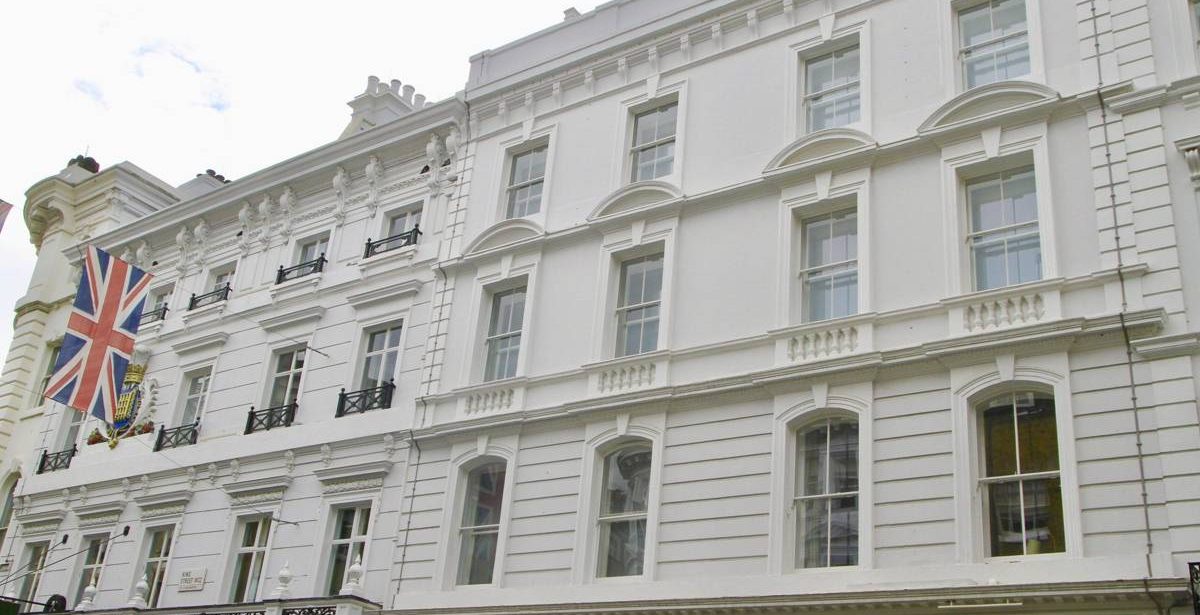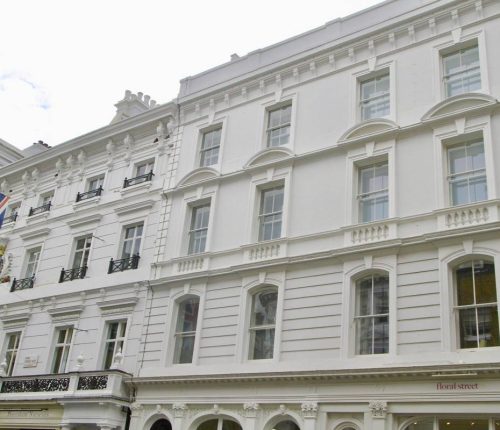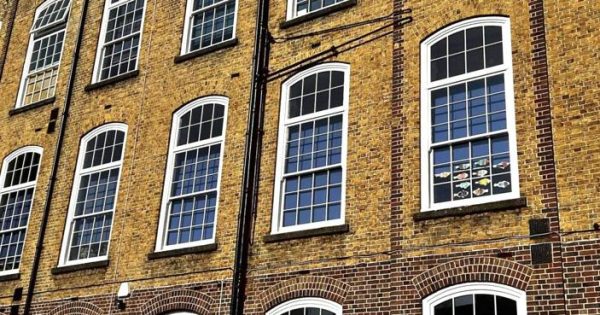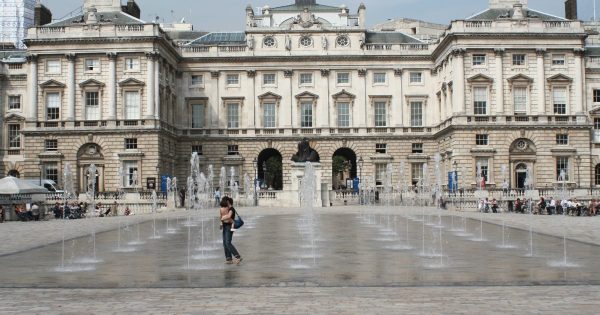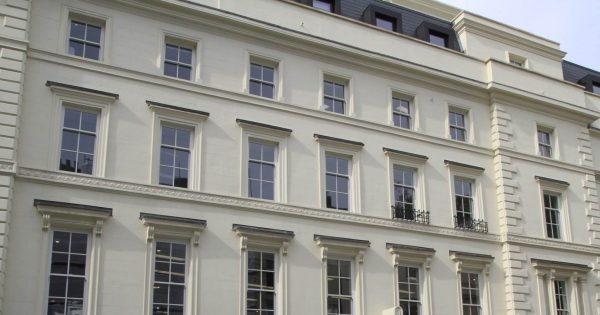Tue Jul 16
Key elements for authentic restoration and historical accuracy
The Edwardian era, spanning from 1901 to 1910 during the reign of King Edward VII, marked a significant transition in architectural design. This period saw a shift from the ornate Victorian style towards a more refined and elegant aesthetic. At the heart of this transformation were Edwardian windows, which played a crucial role in defining the character of buildings during this time. As architects and specifiers working on large-scale refurbishment projects, understanding the nuances of Edwardian windows is essential for preserving historical accuracy and achieving authentic period restorations.
The evolution of Edwardian windows
To appreciate traditional Edwardian windows fully, it’s important to understand their evolution from Victorian predecessors. Victorian sash windows, popular throughout the 19th century, were characterised by their ornate designs and smaller panes of glass. As the Edwardian period dawned at the start of the 20th century, a notable shift occurred in window design philosophy, with Edwardian sash windows featuring two clear glass panes or four panes separated by a thin wooden strip and coming in various designs, including coloured glass, stained glass, fancy mouldings, and arches.
Key differences:
- Larger panes of glass
- Simpler, more elegant designs
- Emphasis on natural light and airiness
The influence of the arts and crafts movement
The Arts and Crafts movement, which gained momentum in the late Victorian period, significantly influenced Edwardian architecture and window design. This movement emphasised craftsmanship, simplicity, and the use of traditional materials, which translated into the design of Edwardian windows.
What are the characteristics of Edwardian windows?
Edwardian windows often feature large, elegant panes with minimal glazing bars, casement or sash styles, and decorative stained or leaded glass. They have a simpler, lighter look than Victorian windows, reflecting early 20th-century architectural trends towards increased natural light and cleaner lines.
Design elements
Edwardian windows are distinguished by several key features:
- Sash configuration: Typically featuring a six-over-two or four-over-two pane arrangement, with larger panes in the lower sash.
- Sash horns: Often incorporating decorative sash horns on the upper sash.
- Glazing bars: Thinner and more delicate than their Victorian counterparts.
- Materials: Predominantly made from high-quality timber.
Types of Edwardian windows
Edwardian sash windows
Sash windows remained popular during the Edwardian era, but with notable modifications:
- Larger glass panes in the lower sash
- Upper sash often featuring multiple smaller panes
- Improved sliding mechanisms for easier operation
Edwardian casement windows
Casement windows gained popularity during this period, offering:
- Outward-opening design
- Often featuring leaded glass or stained glass elements
- Typically arranged in pairs or groups of three
Edwardian bay windows
Bay windows, a hallmark of Edwardian architecture, provided:
- Increased natural light
- Enhanced views and sense of space
- Often incorporated a combination of fixed and operable sashes
Historical context and architectural significance
The Edwardian era: A time of change
The Edwardian period, though brief, was marked by significant social and technological advancements. This era of change was reflected in its architecture and window designs:
- Emphasis on health and wellbeing, leading to larger windows for improved ventilation and natural light
- Influence of new manufacturing techniques allowing for larger glass panes
- Shift towards more practical and less ostentatious designs
Impact on building design
Edwardian windows played a crucial role in shaping the overall aesthetic and functionality of buildings during this period:
- Contributed to the lighter, more spacious feel of Edwardian interiors
- Allowed for more open plan living spaces
- Reflected the era’s move towards simpler, more elegant design principles
Restoration and preservation considerations
Challenges in restoring Edwardian windows
When working on period properties, architects and specifiers face several challenges:
- Balancing authenticity with modern requirements: Incorporating energy efficiency and noise reduction while maintaining historical accuracy.
- Sourcing appropriate materials: Finding high-quality timber that matches the original specifications.
- Replicating original craftsmanship: Ensuring that restoration work honours the skill and attention to detail of the original craftsmen.
Modern solutions for traditional windows
Advancements in window technology offer solutions to enhance the performance of Edwardian windows:
- Double glazing: Improving energy efficiency while maintaining the traditional appearance
- Draught-proofing: Enhancing comfort without altering the window’s aesthetics
- Secondary glazing: An option for properties in conservation areas where external alterations are restricted
The enduring appeal of Edwardian windows
In modern homes
The timeless elegance of Edwardian windows continues to appeal to homeowners and designers:
- Adds character to modern builds
- Provides a link to architectural heritage
- Offers versatility in various home styles
In restoration projects
For large-scale refurbishment projects, Edwardian windows present unique opportunities:
- Enhances the value of period properties
- Contributes to the preservation of architectural history
- Meets the demands of conservation area requirements
Blending Victorian opulence with modern simplicity in restoration projects
Edwardian windows represent a pivotal moment in architectural history, bridging the gap between Victorian opulence and modern simplicity. Their elegant design, emphasis on natural light, and quality craftsmanship continue to inspire and challenge architects and specifiers working on restoration projects. By understanding the historical context, design principles, and technical considerations of Edwardian windows, professionals can ensure that these beautiful architectural elements are preserved and celebrated for generations to come. With their unique window style, Edwardian windows allow in plenty of natural light, making a room appear bigger, brighter, and more inviting. This feature adds to the overall appeal and functionality of this iconic window design.
Work with TRC Contracts today
Are you working on a restoration project involving Edwardian windows? TRC Contracts, the UK’s leading sash window restoration and replacement specialist, is here to assist you. With over 25 years of experience in restoring, designing, and manufacturing market-leading timber sash and casement windows, we have the expertise to ensure your project maintains historical accuracy while meeting modern performance standards. Contact us today for a free survey and consultation on your Edwardian window restoration needs and experience our exceptional customer service.
As a trusted and reputable supplier, TRC Contracts is proud to be a member of NBS Source. Our profile on NBS Source provides architects with easy access to detailed information about our products and services, making it even more convenient for you to explore the range of sash windows we offer.
Visit our profile on NBS Source today to learn more about how TRC Contracts can meet your project requirements and deliver exceptional results.
Discover More with TRC Contracts
Choosing the right window style for your architectural design
Advancements in window restoration techniques
The benefits of triple-glazed sash windows in historic buildings

